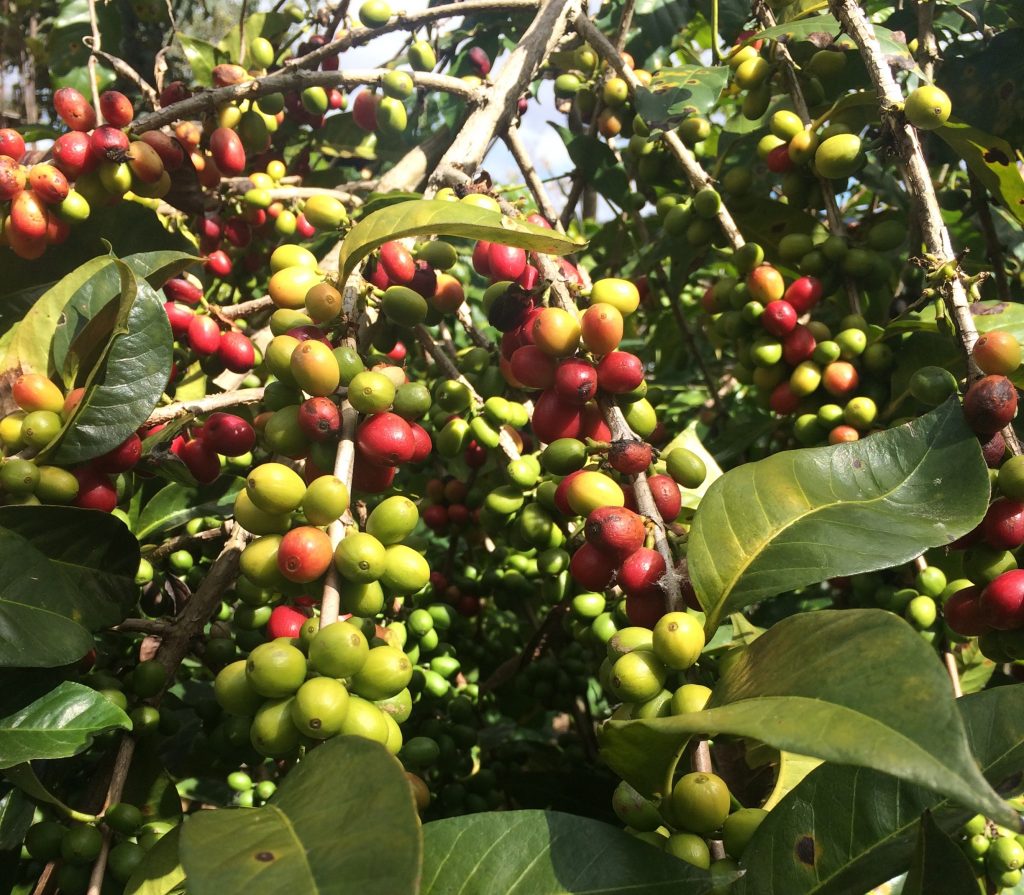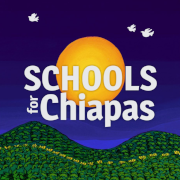
By Silvia Ribeiro
Like in many other progressive governments (yes, like that without quotations, because precisely a central problem is the industrial-capitalist concept of progress) the government of Lopez Obrador in México has focused primarily on favoring industrial development, including industrial agriculture, and infrastructure projects that favor exports, like the Mayan Train and the Trans-isthmic Corredor of the Isthmus de Tehuantepec. The official argument is that these projects will generate employment and economic growth. But this directly and principally benefits the large national and transnational companies that will see their profits increase significantly, in many cases, with workers subsidized by government programs. As if this weren’t clear, the announcement of López Obrador that Trump wants to invest in the Mayan Train, should leave out any doubt.
The counterpart of the state investment in these mega-projects are the social programs, the majority of which are welfare programs, but also some so-called productive projects, with much less money than the megaprojects, but which have great reach. One of these is the program, Sembando Vida, whose objective is to reforest a million hectares, mainly in ejidos and communities.
The program states that México is a country rich in biodiversity, which is found especially in rural areas with a large presence of ejidos and indigenous communities, which it recognizes as those “that through their knowledge and traditional practices have known to preserve the resources that their environment holds and which are part of their natural heritage. It also points out that they are also the areas of the greatest poverty. The program is directed at those who own land of 2.5 hectares which is in need of reforestation, in which agroforestry systems will be applied (fruit trees with annual crops, such as coffee and corn), with technical assistance provides by Sembrando Vida. The beneficiaries receive 5,000 pesos monthly, of which 500 is put into a savings account.
The program doesn’t sound bad on paper, but has negative aspects that don’t stand out at first glance, and that the communities are only beginning to understand. One of the first factors is that cash money is the primary incentive for some landowners, that in order to qualify for the program, have resorted to illegal logging, including that of very valuable native species, to show that they have areas where the program can be applied.
With respect to this, the organization Calixaxan of Veracruz denounce that they had discovered a “total demolition of an agroforestry system of coffee under shade of red cedar and chalahuites, and another of young red cedars,” by the owners of the properties in order to access Sembrando Vida. The organizaiton assured that there are other similar example in the forested areas of Puebla and Veracruz.
Similar cases were also enumerated in other states on the occasion of the assembly of the Network in Defense of Corn, the 23rd and 24th of March in the community of San Juan Bautista Sahcabchén, en Hopelchén, Campeche. The network is a space for encounters, reflection, and action of indigenous and peasant communities, civil society organizations and academics that was born of the need to take action against GM corn almost two decades ago. As the care and protection of corn cannot be separated from the people who created it, it is also a space of defense of the community and peasant life, land, water and the territories. Veronica Villa and Ramón Vera Herrera tell in Ojarasca of the various themes that were addressed there. Obviously, as it is in the Peninsula, the project of the Mayan Train and the risks that it represents was one of the topics of discussion.
I would now like to complete the analysis of Sembrando Vida with the information and discussion that took place in the assembly of the Network of Defense of Corn. Representatives of various states realized the cases of illegal logging and deforestation in order to access the program. However, despite its gravity, this is a perverse but unintended aspect of the program.
Others, indeed are. For example, this and other new programs have placed a particular emphasis on the direct relation of each adult or head of household with the government. According to the authorities, this is to avoid intermediaries that might manipulate the delivery of resources. But at the same time, an individual relationship is established with the government programs that sets aside the consideration of these [individuals] in the assemblies of the community or the ejido. It is a way of undermining the discussion of the impacts of the program by the community, which always goes beyond the individual perspectives, as it takes into account the potential effects on the entire territory, the resources of the community or ejido, social factors and the future.
In the case of Sembrando Vida, possibly the greatest impact will be the undermining of peasant and indigenous agriculture of the mountain. As Alvaro Salgado of CENAMI (National Center for Support for Indigenous Missions) explained, the million hectares that the program wants to plant is superimposed on top of the indigenous mountain agricultural regions. This type of agriculture, also called itinerant agriculture or de acauhales, and that in many cases includes the method of “slash and burn” is a traditional and millenary method of agriculture that is practiced in the mountainous areas of México and around the world. It is a way of cultivating in the forest, opening areas for planting in zones that will only be returned to after long periods, usually of 10 to 25 years, but also can be up to 80 years in rotation. In this way, there is a harmonious coexistence of the people with the forests and territories: the forest regenerates and the people obtain more foods. The communities that use this type of agriculture have a deep and geographically broad knowledge and understanding of territory, in addition to an intense relationship with many other communities, to be able to work together in zones and cycles that allow the sowing of foods and the regeneration of the forest. Many of the communities that practice this have received recognition for their care of the forest.
However, this type of agriculture has been one that is more and more criminalized, wrongly and unjustifiably accused by large conservation organizations of causing forest degradation, in the majority of cases as a form of taking control of the territories of these communities for their own projects, be they for conservation, sale of environmental services or others.
Now, the Sembrando Vida program is a new threat to these ways of peasant life, since it means the imposition (soft and financed, but imposed in the end) of a fixed form of production, which will prevent the rotation of planting areas that has been traditional for centuries. In addition, they are told what type of crops and few varieties of fruit trees should be planted, which limits the diversity and use of local and native species.
As such, this program, converging with the other projects and programs of the government, promotes the destruction of the community as the fundamental way of decision-making about the territory. Also, it does this with the presence of officials who manage the programs and technicians that the community did not request, that are presented as support for the program, which appears as necessary because the species to plant are not those that they normally use. This is added to the impact in these areas of norms that previous governments established to try to “illegalize” this type of itinerant agriculture, because the rotation and coordination between communities inhibits the privatization and territorial disposession for other projects. The case of Santiago Lachiguiri in Oaxaca is very illustrative.
The difference with previous programs in these areas, is now that the program comes with a much larger economic incentive, a figure that is difficult to reject, especially from and individual perspective. And this in turn, becomes a mechanism favored by the program to reject and erode the authority of the community assemblies.
This article was originally published in Spanish by Desinformemonos, on April 17, 2019. https://desinformemonos.org/sembrando-vida-amenazas-a-la-vida-campesina-de-montana/ This English interpretation has been re-published by Schools for Chiapas.
